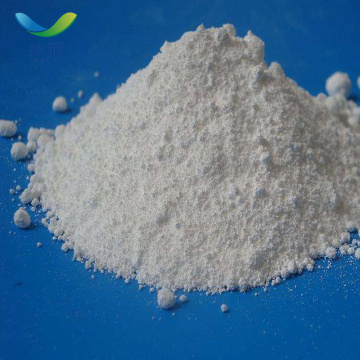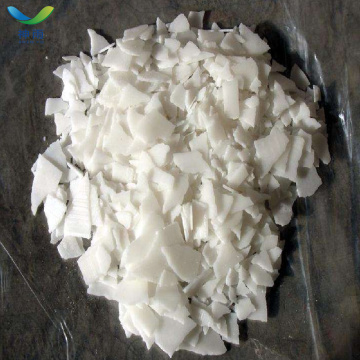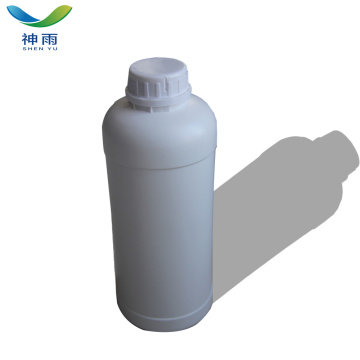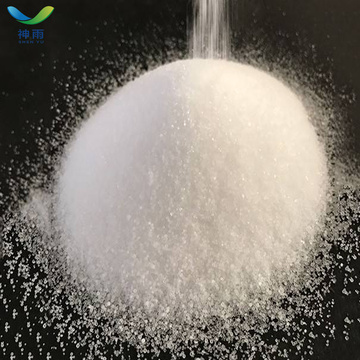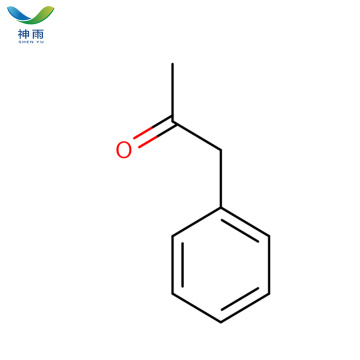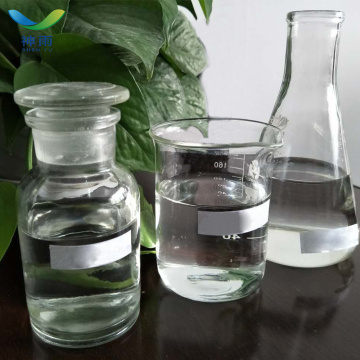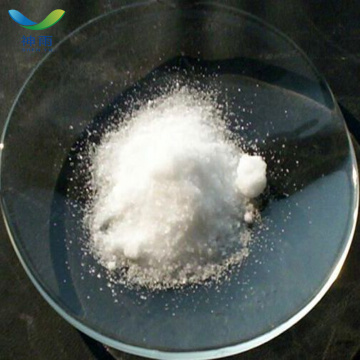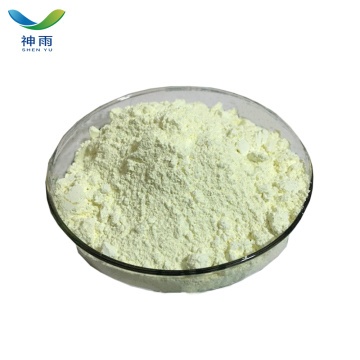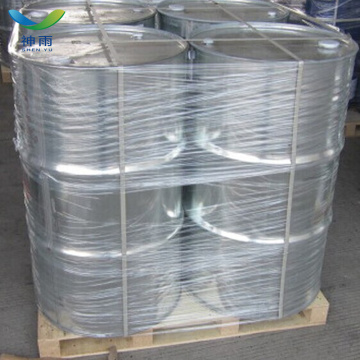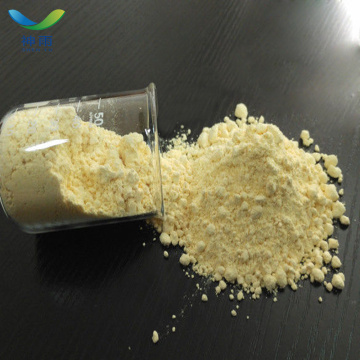Ketone
and Amine
Ketone is a compound in which a
carbonyl group is attached to two hydrocarbon groups. According to the
different hydrocarbon groups in the molecule, ketones can be classified into
fatty ketones, alicyclic ketones, aromatic ketones, saturated ketones, and
unsaturated ketones. According to the number of carbonyl groups, it can be
further divided into mono-ketones, di-ketones and poly-ketones. In monoketones,
if the two hydrocarbon groups attached to the carbonyl group are the same, it
is called monoketone, such as acetone (dimethyl ketone). if different, it is
called mixed ketones, such as acetophenone (phenyl methyl ketone). Ketone can not form hydrogen bonds, the boiling point is lower than the corresponding
alcohol, but the carbonyl oxygen can form hydrogen bonds with water molecules,
so the low carbon ketone (lower ketone) is soluble in water.
Lower ketones are liquids with a pleasant odor and high carbon ketones (higher
ketones) are solids.
Amine is an organic compound in
which part or all of the hydrogen atoms in the NH3 molecule have been replaced
by a hydrocarbon group. Most of the amines have alkalinity and can be combined
with acid to form a salt, which is a raw material for producing synthetic dyes,
drugs and so on.
According
to the number of replaced hydrogen, it is divided into primary amine RNH2, secondary amine R2NH, tertiary amine R3N, quaternary
ammonium salt R4N+X-, for example, methylamine CH3NH2, aniline C6H5NH2,
ethylenediamine H2NCH2CH2NH2, diisopropylamine [(CH3)2CH]2NH, triethanolamine
(HOCH2CH2)3N, tetrabutylammonium bromide (CH3CH2CH2CH2)4NBr.
Physical
properties
Methylamine,
dimethylamine, trimethylamine, and ethylamine are gases at room temperature,
other lower amines are liquids; higher amines are solids;
The
lower amines have ammonia smell, the trimethylamine has fishy smell, and the
putrescine (propanediamine) cadaverine (butanediamine) has bad odor;
Aromatic
amines are high boiling liquids or low melting solids;
Amine
and water can form intermolecular hydrogen bonds;
Primary
amines and secondary amines can also form hydrogen bonds between themselves.
Most
aromatic amines are toxic. Aniline can cause aplastic anemia. It can be
poisoned by inhalation, ingestion, or absorption through the skin. Ingestion of
0.25 mL can cause serious poisoning.
Beta-naphthylamine
and benzidine are substances that can cause malignant tumors.



.png) Contact Now
Contact Now
